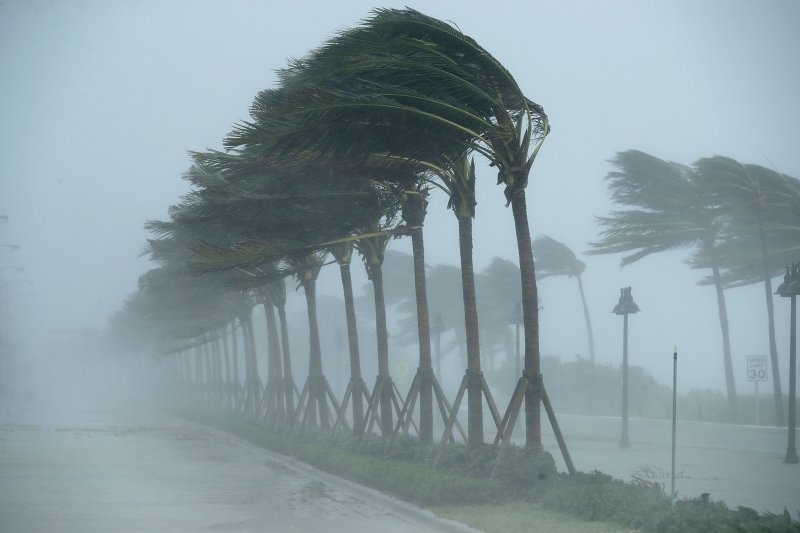Feel confident and have peace of mind.
We understand purchasing or selling a home can be a very stressful time in our lives. Our straight forward, methodical and detailed approach will give you the confidence and piece of mind to make a much more informed decision regarding your investment.
Definition of methodical
me·thod·i·cal |
\ mə-ˈthä-di-kəl \
arranged, characterized by, or performed with method or order
habitually proceeding according to method
done according to a systematic or established form of procedure.
What is a Home Inspection?
A home inspection is a limited, non-invasive examination of the condition of the home taken at a particular moment in time.
A home inspection assesses the property's current condition, including its heating and cooling systems, plumbing, electrical, roofing, as well as some fire and safety issues. In addition, the home inspector will look for evidence of insect damage, water damage, fire damage and any other issue that may affect the property's value.
There is a lot that takes place during a home inspection and we will breakdown the overall structure into an easy to read report and help you understand the current condition of the home so you can make a much more informed decision regarding your investment.
Why you should consider a home inspection
A home inspector gives the client an overall “snapshot” of the home at the time of inspection.
Much in the same way a prism breaks a ray of light into the different spectrums of color, a home inspector will focus on the home and break down the dwelling into the different subsystems and provide a very detailed report on all findings. A home inspection is not a warranty against further defects or failures, it is simply an overview of the structure at the date of inspection.
Remember, once you sign the papers the house is yours… Along with all defects. You should know what you are purchasing.
Infrared Scan (Thermal Imaging)
side by side comparison picture.
Image on the left was taken with a normal camera
Image on the right was taken with an infrared camera.
You would probably not notice the moisture damage present with the naked eye. This is why an inspection with a thermal imaging camera is so important. Catch this problem before it becomes YOUR problem.
Infrared thermal imaging cameras spot small, but key changes in temperature identifying problematic areas that the naked could never see. Our human eyes use the light spectrum to “see” everything around us, an infrared camera uses the difference in temperature to “see” its surroundings.
Even current home owners with no intentions of selling would benefit from having a thermal inspection done. Infrared technology is a good addition to a visual inspection, and doesn't negate the need for an inspector with experience and knowledge of all systems that make up a home.
Infrared thermal imaging cameras spot small but key changes in temperature at different areas of a home, identifying problematic areas that the naked eye could never see and a visual only inspection could only hypothesize. Areas of the home will show up as hot, cold, or somewhere in between as we scan the area with a camera that is extremely sensitive to small differences in temperature.
Wind Mitigation Inspections
Wind mitigation inspections gives homeowners insurance discounts based on certain building attributes.
Wind mitigation inspections will give you an idea on how well your home will withstand hurricane force winds.
The State of Florida requires insurance companies to offer discounts for protecting your home against damage caused by windstorms. These discounts are known as Wind Mitigation Credits and are offered after a certified inspection is done to your home. Your insurance premiums can only go down, not up.
Most of the time, the insurance discounts received will more than cover the cost of the wind mitigation inspection.
Wind Mitigation inspections are valid for 5 years.
4-point inspections
A 4 point inspection takes a detailed look at the four major subsystems systems of the home.
Roofing
Electrical
Plumbing
HVAC
The insurance company wants to know that an older home has been well maintained, and the major systems are in good working condition.
Please keep in mind this is not a safety inspection, it is a snapshot of the four high dollar items in the house that will give both you and the insurance company an idea where in the lifespan the subsystems may fall.
Swimming Pools and Spa’s
Radon
You can’t see it, smell it, or taste it!
Radon comes from the radioactive breakdown of naturally occurring radium found in most soils. As a gas in the soil, it mostly enters homes through small openings and cracks in the foundation.
Radon is the second highest cause of lung cancer and is responsible for more than 21,000 lung cancer deaths a year (one every 25 minutes).
In Florida, one in five homes tested has elevated radon levels above the action level of 4 pCi/L.
Having your home tested is the only effective way to determine whether you and your family are exposed to high levels of radon.
If the home does have elevated levels of Radon, there are corrections and systems that can mitigate the Radon concentrations to keep you and your family safe. Testing is the only way to know.








